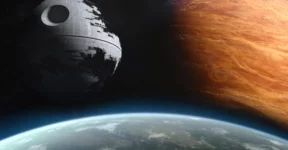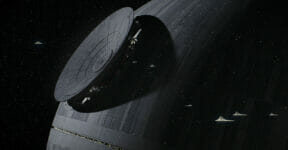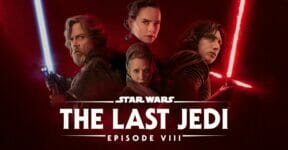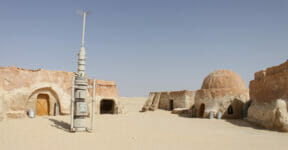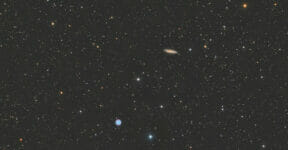This discussion on character creation in science fiction fantasy begins with some memorable examples: Aang from Avatar: The Last Airbender, a young hero grappling with his aversion to violence while striving to maintain balance between four nations; Baron Vladimir Harkonnen from Dune, a monstrous villain consumed by greed; and Kylo Ren from Star Wars, a complex character torn between the light and dark sides of the Force.

Many factors contribute to a character’s memorability. Screen time or page count alone doesn’t guarantee it. Relatability is key. This doesn’t mean readers must identify with superpowers or political influence, but rather with the character’s personality, thought processes, and human tendencies. Their actions and the consequences they face should resonate with a sense of plausibility.
How do you create relatable characters within the often otherworldly settings of science fiction fantasy? How do you ensure their actions and dialogue remain believable? While there’s no single answer, this guide offers helpful direction.
Sci-Fi Fantasy Character Creation Basics
As with any fiction subgenre, character creation requires three core ingredients: imagination, personality, and a touch of mystery. Whether crafting a hero, villain, or something in between, keep these points in mind:
Who Are These Characters, Really?
Before visualizing a character’s appearance, establish their identity. Beyond a name, consider their background: place of origin, motivations, strengths, weaknesses, and flaws.
Place of origin significantly shapes a character’s worldview. Imagine a female character raised on a distant planet, a survivor of a nuclear disaster that rendered Earth uninhabitable. Despite calling a spaceship home for years, she clings to the hope of Earth’s restoration, believing ancient magic learned from the planet’s inhabitants holds the key. Her life’s mission is to revive her home world.
A conflict arises: Earth isn’t uninhabitable for all—an alien species uses it as a military base. Restoring Earth means waging war against a powerful, unknown enemy. Despite her magical prowess, she lacks knowledge of alien technology, making a direct conflict risky. War could jeopardize her space colony, but inaction means abandoning her dream. What will she choose?
Believable Personality
Flat characters lack intrigue. They’re often described as “cardboard cutouts.” To create lively, believable characters, imbue them with personality: idiosyncrasies, mannerisms, and unique traits. Perhaps they speak like Yoda, indulge in vices, have peculiar hobbies, or exhibit nervous tics. These details add depth and dimension.
Character development, showcasing change over time, keeps audiences engaged. While not always feasible in shorter stories, even subtle changes can be impactful. A character might begin as indecisive but gradually become confident and self-assured through trials and tribulations.
A Sprinkle of Mystery
Hidden truths about key characters add complexity. Perhaps the heroine is a clone, unaware of her origins. What if she’s a clone of a human child destined to unite science and magic for humanity’s future? Such revelations create compelling internal conflicts.
Great science fiction fantasy characters feel larger than life yet remain relatable. They forge friendships, face hardships, experience despair, and grapple with temptation, just like us. Heroes may falter, and villains may possess redeeming qualities, but they all share human traits that resonate with readers.
Who is your favorite sci-fi fantasy character? Do you prefer sci-fi fantasy or high fantasy? We’d love to hear your thoughts.
Other Things You Might Want to Know
What’s the difference between high fantasy and sci-fi fantasy?
The primary differences lie in setting and elements. High fantasy typically occurs in entirely fictional worlds, emphasizing magic, prophecies, mythical creatures, and fantastical kingdoms. Sci-fi fantasy blends futuristic technology with fantastical elements like time travel and magical civilizations in space. Aliens might be mythical beings, and spaceships might be powered by magic.
What are some examples of high fantasy films?
- The Dark Crystal (1982)
- Willow (1988)
- The Lord of the Rings trilogy (2001–2003)
- The Chronicles of Narnia series (2005–2010)
- Stardust (2007)
- The Hobbit Trilogy (2012–2014)
- Warcraft (2016)
- The Witcher: Nightmare of the Wolf (2021)
What are some popular Science Fiction Fantasy books?
- Dune by Frank Herbert
- The Broken Earth trilogy by N.K. Jemisin
- The Expanse series by James S.A. Corey
- The Dark Tower series by Stephen King
- Hyperion by Dan Simmons
- Mistborn: The Final Empire by Brandon Sanderson
- The Left Hand of Darkness by Ursula K. Le Guin
- The Dragonriders of Pern by Anne McCaffrey


